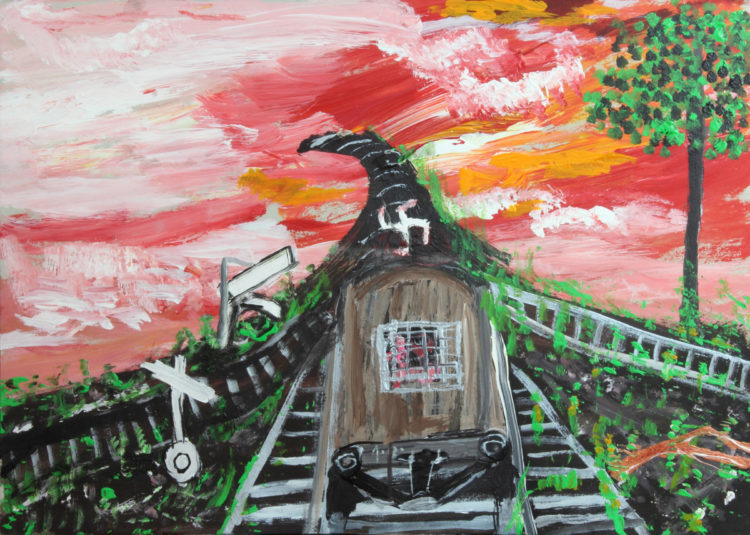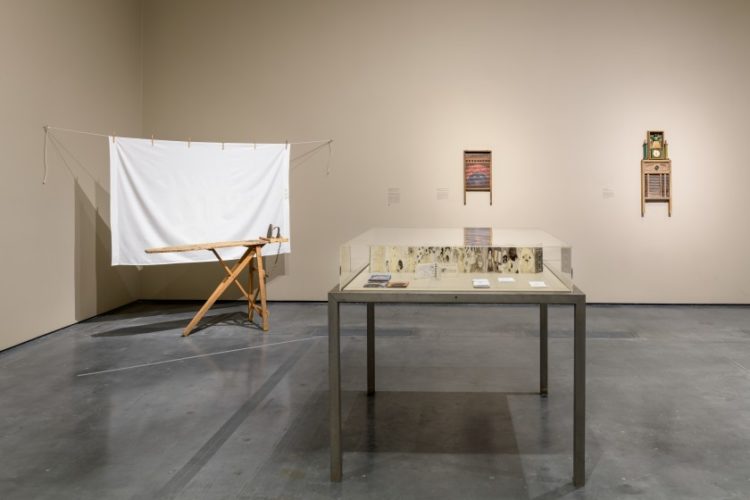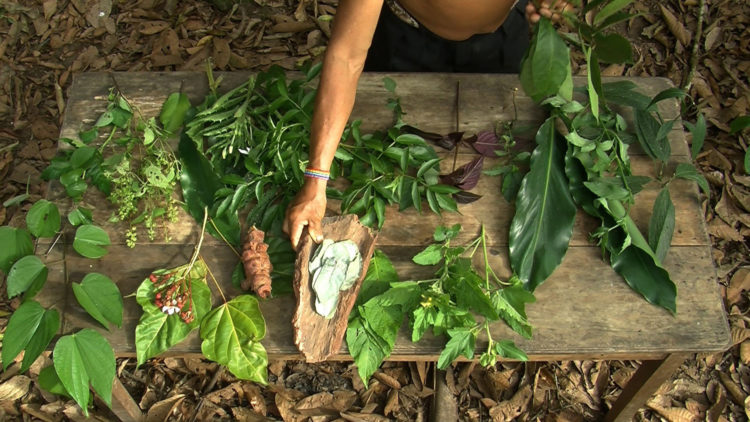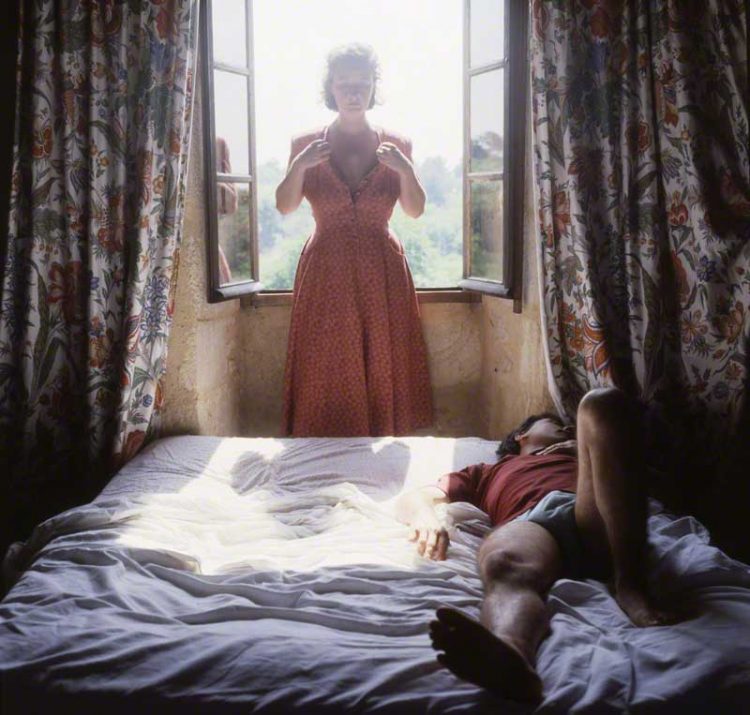Marija Teresė Rožanskaitė
Klimašauskas, Valentinas (ed.), Pakui Hardware and Marija Teresė Rožanskaitė : Inflammation, exh. cat., Lithuania Pavillion, Venise Biennale, Venise (20 April–24 November, 2024), Milano, Mousse Publishing, 2024
→Kreivytė, Laima (ed.), Marija Teresė Rožanskaitė. Rentgenogramos [Marija Teresė Rožanskaitė. Radiographies], exh. cat., Nacionalinė dailės galerija [National Gallery of Arts], Vilnius (22 March–6 May, 2013), Vilnius, Lietuvos dailes muziejus, 2013
→Kreivytė, Laima (ed.), Marija Teresė Rožanskaitė: vaizdai ir tekstai [Marija Teresė Rožanskaitė. Images and texts], Vilnius, Tarptautinės dailės kritikų asociacijos (AICA) / Lietuvos skyrius, 2011
Ekologinė klausa [Une ouïe écologique], Jono Meko vizualiųjų menų centras [Centre d’arts visuels Jonas Mekas], Vilnius, 1er juillet – 8 septembre 2024
→Marija Teresė Rožanskaitė. Rentgenogramos [Marija Teresė Rožanskaitė. Radiographies], Nacionalinė dailės galerija [National Gallery of Arts], Vilnius, 22 March–6 May, 2013
→Marija Teresė Rožanskaitė. Retrospektyva [Marija Teresė Rožanskaitė. Retrospective], Šiuolaikinio meno centras [Centre d’art contemporain], Vilnius, 7 February – 9 March, 2003
Lithuanian multidisciplinary artist.
Marija Teresė Rožanskaitė was born to a well-off family: her mother was a teacher and her father worked in agriculture and was a member of the Lithuanian Riflemen’s Union. Her parents were intellectuals and patriots, and after the Second World War they were claimed to be ‘enemies’ of the Soviet regime. M. T. Rožanskaitė was only seven years old when armed soldiers forced their way into the family home and deported her and her mother to Siberia; her father was later executed in a Siberian forced labour camp. M. T. Rožanskaitė endured severe cold and privation during her deportation to and exile in the Altai mountains, where she and her mother remained until 1947 when, weakened by extreme hunger, the young girl caught malaria. She would have died from the disease if her mother had not made the decision to risk their escape. Mother and daughter reached Lithuania having travelled 5,000 kilometres, all while at the mercy of an unforgiving landscape and in constant fear of recapture.
In 1953, after the death of Stalin, M. T. Rožanskaitė finally enrolled at the National Institute of Art of the Lithuanian Soviet Socialist Republic. It was during her time there that she met the man who would become her husband, Igoris Piekuras (1935–2006). The couple had two children, Gediminas (1962–) and Marijus (1960–), both of whom went on to become prominent artists.
The work of M. T. Rožanskaitė and that of her husband is close in style to photorealism – a movement that had yet to spread to Lithuania, where the art scene in the 1950s was dominated by the pre-war traditions of the colourists and expressionists.
The theme of illness emerges early on in the artist’s oeuvre, conveying a gangrenous Soviet society and the powerlessness of individuals caught in the cogs of the system. M. T. Rožanskaitė expresses a kind of defiance in the face of technological innovation, although a number of the works acquired by the National Museum of Art were subsequently interpreted by Soviet ideologues as speaking out in praise of Soviet technological progress and the exploits of the proletariat in the field of medicine.
M. T. Rožanskaitė’s collages, assemblages and the abstract works in which she evokes her deportation were not intended to be presented to the public. One such example is 1941-ieji metai [Year 1941], an autobiographical work painted in 1972 that depicts nude, broken sculptures of bodies in front of a wagon of a train bound for Siberia.
M. T. Rožanskaitė was not particularly well-known and did not seek recognition. She taught, alongside her husband, at the Justinas Vienožinskis Art School (Vilnius) for thirty years. Much of her time was devoted to taking care of her family, her orchard and her vegetable garden. She was also politically and socially engaged, pioneering ecologically-minded performance-actions and installations organised in nature, in which her loved ones and students were often involved. Even once Lithuanian independence had been restored, M. T. Rožanskaitė’s work remained overlooked: the critics favoured expressionist painting, and interest in creations by women of her generation only emerged later.
In 2024, paintings by M. T. Rožanskaitė were shown in the Lithuanian pavilion of the 60th Venice Biennale as part of an installation by contemporary artist duo Pakui Hardware. The artists’ choice testifies to the ongoing relevance of M. T. Rožanskaitė, particularly as part of reflections on the Anthropocene. Her works are held in Lithuania’s National Museum of Art and the Mo muziejus, as well as in private collections in Lithuania and abroad.
A biography produced in partnership with Artnews.lt and Echo Gone Wrong within the scope of the season of Lithuania in France 2024.
© Archives of Women Artists, Research and Exhibitions, 2024



















